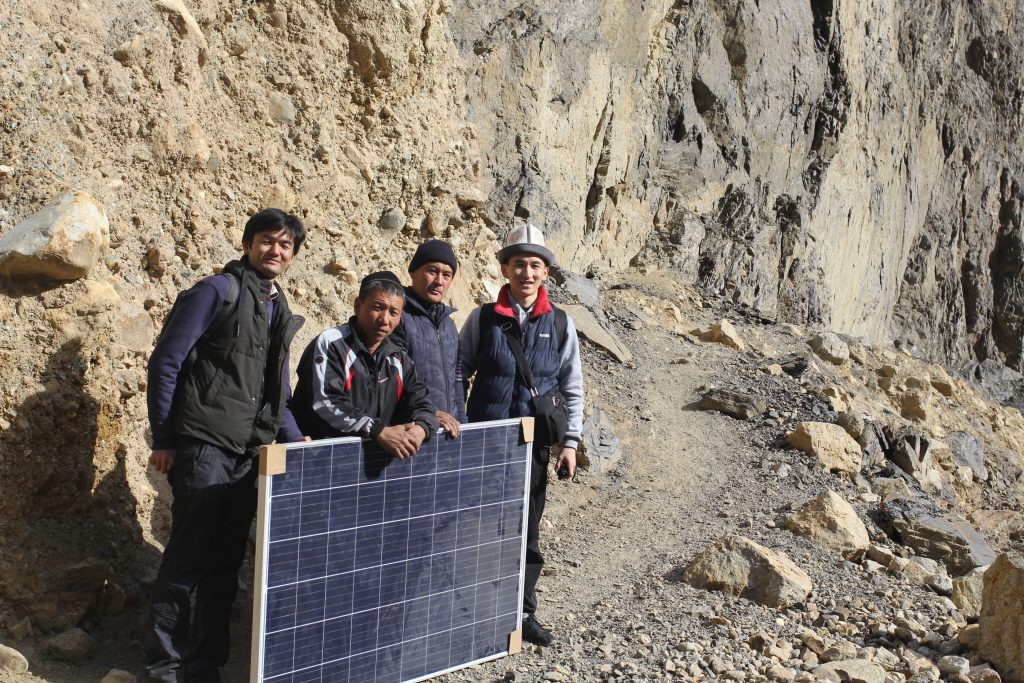In October 2020, the ISOC team, within the framework of the European Union project “Promoting Inclusive Education in the Kyrgyz Republic”, installed Ilimbox devices in 20 schools without the Internet. The Ilimbox, also known as the Internet in a Box, contains basic educational materials available without an Internet connection.
To speed up the delivery of Ilimbox devices, the ISOC team traveled from Bishkek in 3 different directions: Jalal-Abad oblast (9 schools), Issyk-Kul and Naryn oblasts (7 schools), Osh and Batken oblasts (4 schools).
The first group of villages was located in the Ala-Buka district of the Jalal-Abad region, on the border with Uzbekistan. When visiting these schools, our team came across the expression “dwarf school”: due to the lack of teachers, 1st and 3rd grades are taught in one lesson at the same time.
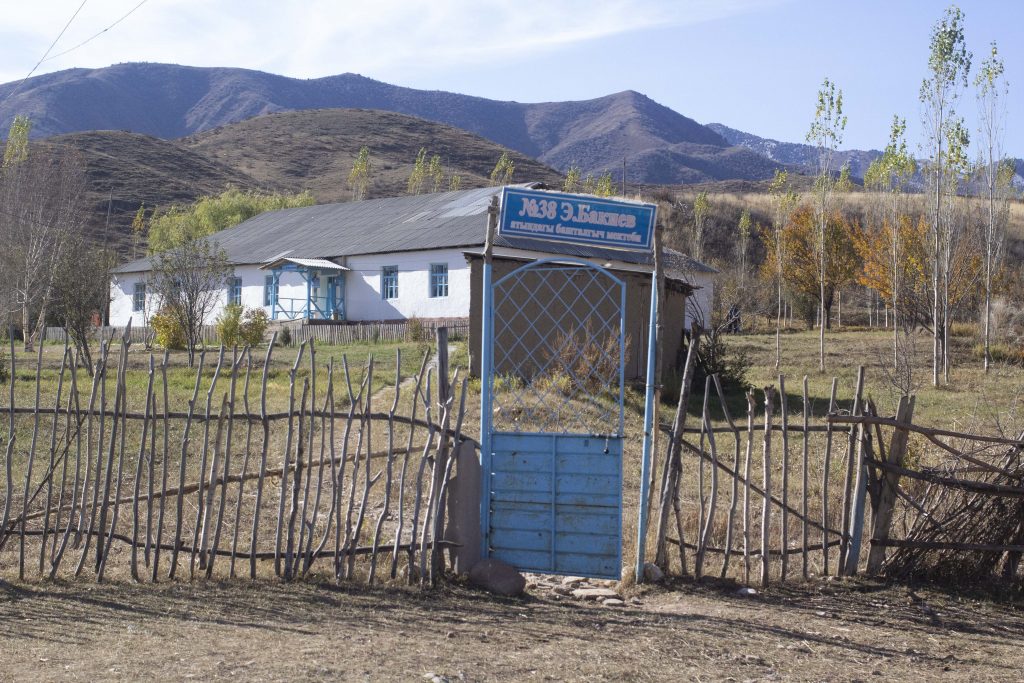
Entrance to the school named after E. Bakiev in Ala-Buka district, Jalal-Abad region
The main problems in the region are constant power outages and lack of roads, which is why children come to school on horseback from mountain villages. The following schools are located in Chatkal and Suzak districts: Chakmak-Suu, s. Achy, s. Markai and S. Ortok. Ortok village was remarkable for us. Most of all, the residents of this village complain about the lack of Kyrgyz television: they cannot watch the news and only show Uzbek channels. Teachers at the local school liked the Ilimbox device, and they especially liked the fact that a large amount of educational material can be found in one resource. They also liked our Android application and the ability to manage content without searching the entire phone.
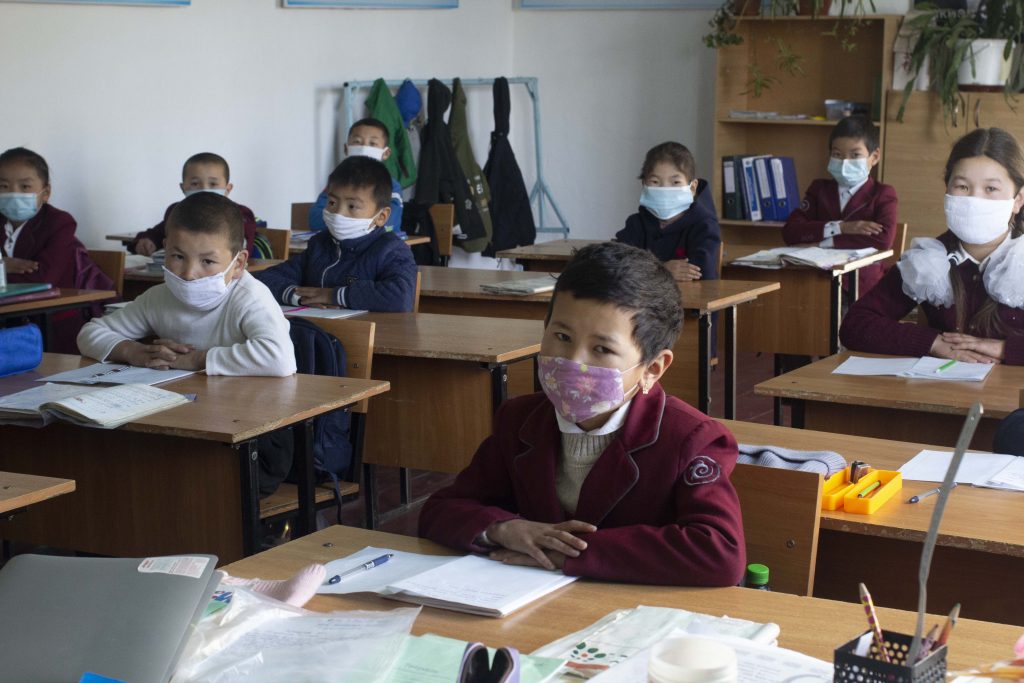
In Bazar-Korgon region, we visited a school in the village of Zhaz-Kechuu. The road to the village lies through walnut forests and small passes; in winter, due to snow and the lack of a road, residents can only ride horses to the nearest village. Electricity in this village was carried out only this fall. Therefore, residents of Jaz-Kechuu are just getting used to using computers and printers, watching TV, and using a mobile device not only for communication. Despite low digital skills, local school teachers were actively learning to use Ilimbox. In total, the school has about 70 students.
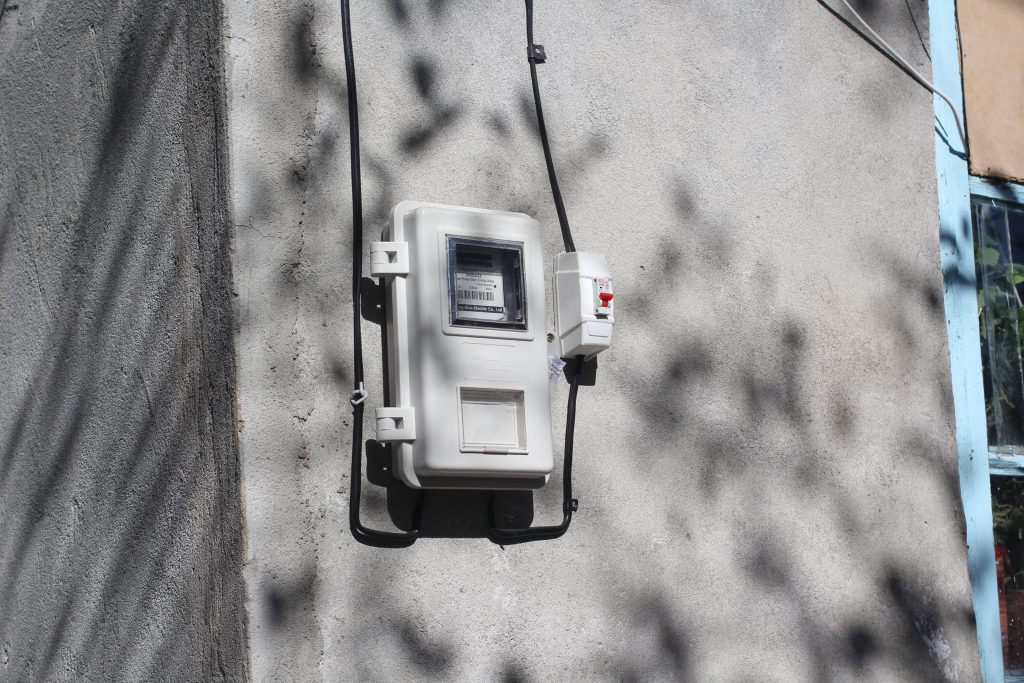
In the Issyk-Kul region, Ilimboks devices were installed in the villages of Eңilchek and Ak-Shyirak. Eңilchek was a developed mining village in the past. Now only about 150 people live here permanently. The local school has 5 classes with about 20 children and 11 teachers. The village has a mobile connection, but there is no Internet, which is why the electronic library was met with great interest: the teachers liked the offline Wikipedia most of all, using which they can find out more useful information, which means they can prepare interesting and informative lessons.
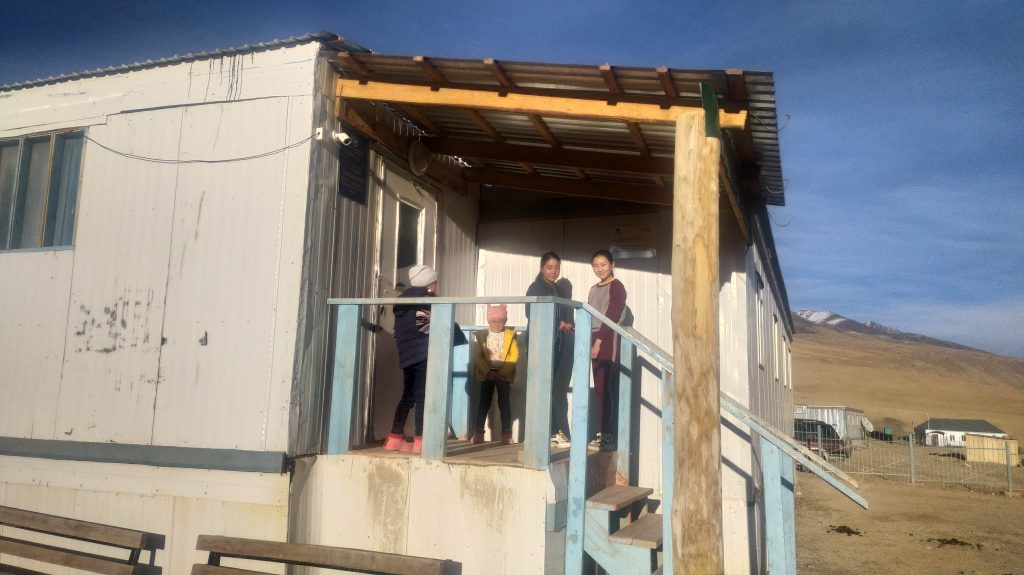
The second village of the Issyk-Kul region, Ak-Shyirak, is located 5 hours drive from Karakol. Departure to the city is hampered by mudflows and snowfalls. The villagers rarely travel to the city. The number of students is more than 70, children from neighboring villages live in dormitories, warm houses have also been built for teachers from other cities. There is a mobile connection, but no more than 4 people can use it at the same time.
Next, Ilimboks devices were installed in the Nookat region in the villages: Kayyudy and Kichi Alai. Both villages are considered the most remote villages in the Osh region. The village of Kayindy begins with a birch grove and is surrounded by mountains. Nature here is indescribably beautiful. The school has about 30 students, but the village has no Internet, as well as mobile communications. In the village of Kichi Alai, there is a mobile connection, but the mobile Internet does not provide sufficient speed for children to fully watch video lessons.
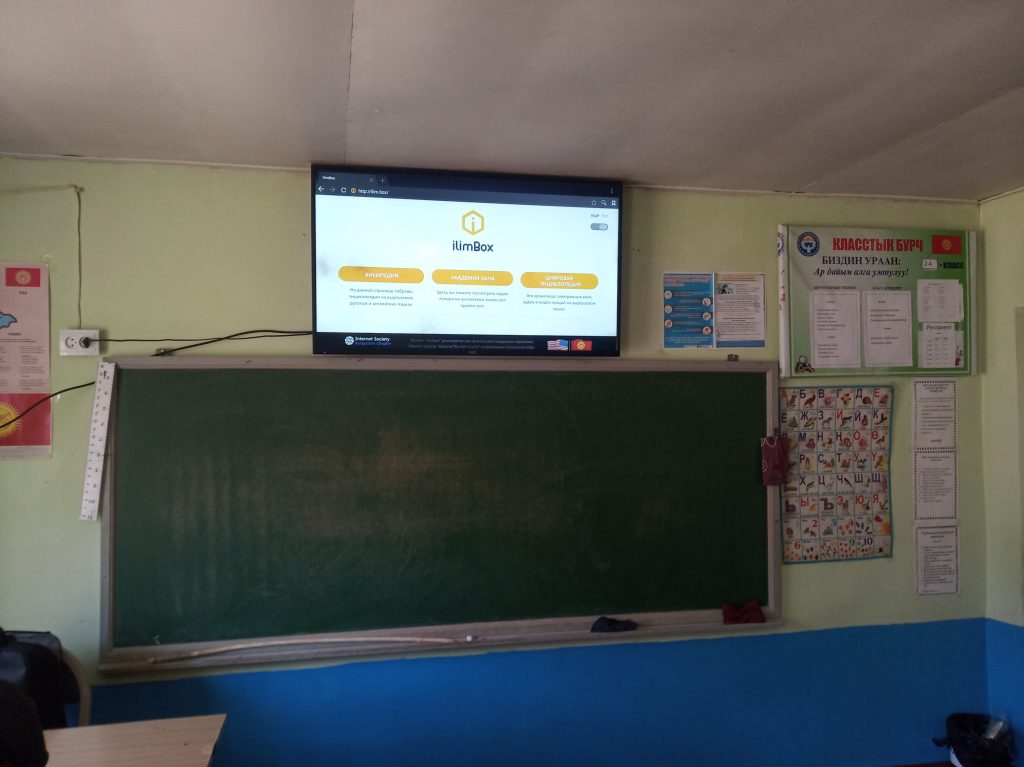
In the Kadamjai region, an electronic library was installed in the village of Shoro. The road to this village lies through the Shakhimardan enclave, through which only local residents are allowed. Therefore, the team members had to go through a bypass, which was 3 times longer. This school had a TV with Wi-Fi technology, so we were able to connect the Ilimbox device to the TV and demonstrate another way to use Ilimbox. In sunny weather, you can use the mobile 4G Internet, but in the rain, the network completely disappears.
The final was a school in the village of Zardaly in Batken oblast, which is located in a remote area and is not connected to electricity. Only on foot, the ISOC team walked about 3 hours 12 kilometers along narrow mountain trails. For the students and teachers of the village of Zardaly to use the Ilimbox device, electricity was required, for this, a solar panel, a battery, and a charge controller were purchased. The equipment was transported on donkeys. In some places, the equipment was carried by hand. Until they finally reached the village of Zardaly. The solar panel and Ilimbox were installed at the school, complemented by solar street lights donated by the team to the residents of Zardala. The school has about 11 children, 3 teachers work, including the director.
